



Lanarkshire | Late 13th century
Crawfordjohn is a small village in the upper Duneaton valley set between the rolling hills of southern Lanarkshire. The Crawford area occupies a historically strategic location, being close to the source of the River Clyde, and is the highest district in the south of Scotland. The name Crau-fordd means ‘the passage of blood’, which may have arisen from a battle fought long ago. This may have been between the native people and Roman invaders, as the Roman road passes nearby.
a Fleming who was invited by the king to hold land in return for military service. It is believed Baldwin married an heiress of the Norse Crawford family, and that western Crawford was granted by him to his stepson John and has thereafter been known as Crawfordjohn.
1861 OS map Lanarkshire XLII.15 (Crawfordjohn). Reproduced with the permission of the National Library of Scotland. (CC-BY NLS)
One married Sir Thomas Moray, nephew of Robert the Bruce, and the other David Barclay. The lands were divided between each daughter. One portion fell to the powerful Hamilton family. James, 1st Lord Hamilton later married Mary, sister of King James III, and their son James was made Earl of Arran. One moiety of Crawfordjohn was passed to Arran’s illegitimate son, Sir James Hamilton of Finnart, who became Steward of the Royal Household and Master of Works.
who exchanged the moiety with Hamilton of Finnart for the lands of Dumry. Thus, the two moieties were re-united. Finnart exchanged Crawfordjohn with the king for lands in Kilmarnock. Sir James ultimately lost his head on a probably unjustified charge of treason.
Duneaton Water and Crawfordjohn Beyond © 2007 Iain Thompson (CC BY-SA 2.0)
and with his daughter, Mary Queen of Scots, less than a year old, James, 2nd Earl of Arran, heir presumptive to the Scottish throne, became Regent. He used this power to recover Crawfordjohn from the Crown, dividing it between the son of the executed Sir James Hamilton of Finnart and himself. Arran’s son was made Marquess of Hamilton.
Tony Shark, James V, 1512 - 1542. King of Scots|National Galleries of Scotland (CC-BY NC)
The united barony stayed with the family until the heiress Anne, Duchess of Hamilton in her own right, married the Earl of Selkirk. It was agreed their second son, Charles, should inherit his Selkirk title, whereupon Anne settled Crawfordjohn on him and his heirs. Crawfordjohn stayed with the Selkirk line until the 4th Earl sold the barony towards the end of the eighteenth century to Sir George Colebrooke, Baronet, a member of an eminent family of bankers, politicians, and directors of the East India Company. The barony passed from the estate of the last in the Colebrooke line to its current holder, Dr Travis K Svensson in 2003.
Crawfordjohn © Colin Smith (CC BY-SA 2.0)






Lanarkshire | Late 13th century
Crawfordjohn is a small village in the upper Duneaton valley set between the rolling hills of southern Lanarkshire. The Crawford area occupies a historically strategic location, being close to the source of the River Clyde, and is the highest district in the south of Scotland. The name Crau-fordd means ‘the passage of blood’, which may have arisen from a battle fought long ago. This may have been between the native people and Roman invaders, as the Roman road passes nearby.
a Fleming who was invited by the king to hold land in return for military service. It is believed Baldwin married an heiress of the Norse Crawford family, and that western Crawford was granted by him to his stepson John and has thereafter been known as Crawfordjohn.
1861 OS map Lanarkshire XLII.15 (Crawfordjohn). Reproduced with the permission of the National Library of Scotland. (CC-BY NLS)
One married Sir Thomas Moray, nephew of Robert the Bruce, and the other David Barclay. The lands were divided between each daughter. One portion fell to the powerful Hamilton family. James, 1st Lord Hamilton later married Mary, sister of King James III, and their son James was made Earl of Arran. One moiety of Crawfordjohn was passed to Arran’s illegitimate son, Sir James Hamilton of Finnart, who became Steward of the Royal Household and Master of Works.
who exchanged the moiety with Hamilton of Finnart for the lands of Dumry. Thus, the two moieties were re-united. Finnart exchanged Crawfordjohn with the king for lands in Kilmarnock. Sir James ultimately lost his head on a probably unjustified charge of treason.
Duneaton Water and Crawfordjohn Beyond © 2007 Iain Thompson (CC BY-SA 2.0)
and with his daughter, Mary Queen of Scots, less than a year old, James, 2nd Earl of Arran, heir presumptive to the Scottish throne, became Regent. He used this power to recover Crawfordjohn from the Crown, dividing it between the son of the executed Sir James Hamilton of Finnart and himself. Arran’s son was made Marquess of Hamilton.
Tony Shark, James V, 1512 - 1542. King of Scots|National Galleries of Scotland (CC-BY NC)
The united barony stayed with the family until the heiress Anne, Duchess of Hamilton in her own right, married the Earl of Selkirk. It was agreed their second son, Charles, should inherit his Selkirk title, whereupon Anne settled Crawfordjohn on him and his heirs. Crawfordjohn stayed with the Selkirk line until the 4th Earl sold the barony towards the end of the eighteenth century to Sir George Colebrooke, Baronet, a member of an eminent family of bankers, politicians, and directors of the East India Company. The barony passed from the estate of the last in the Colebrooke line to its current holder, Dr Travis K Svensson in 2003.
Crawfordjohn © Colin Smith (CC BY-SA 2.0)








Contact
Forum for the Scottish Baronage, c/o Brodies LLP, Capital Square, 58 Morrison Street, Edinburgh EH3 8BP, Scotland UK
Copyright
Copyright 2022, Forum for The Scottish Baronage, as a collective work, all additional rights to content contributed and/or licensed contained herein are expressly reserved to such contributors and licensors as independently owned and protected copyrighted works.





